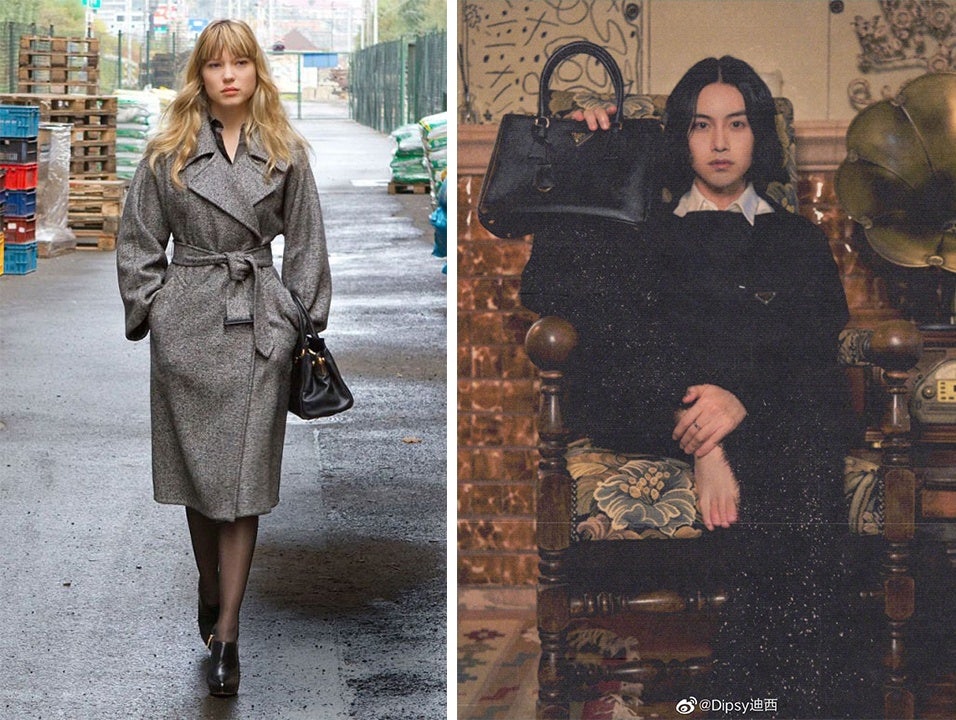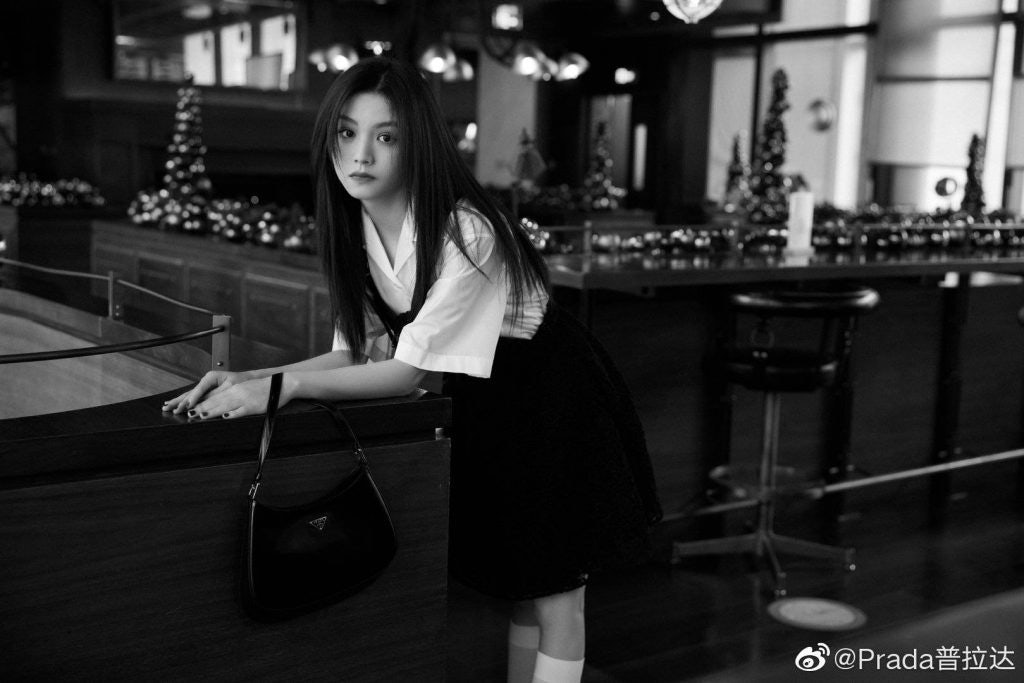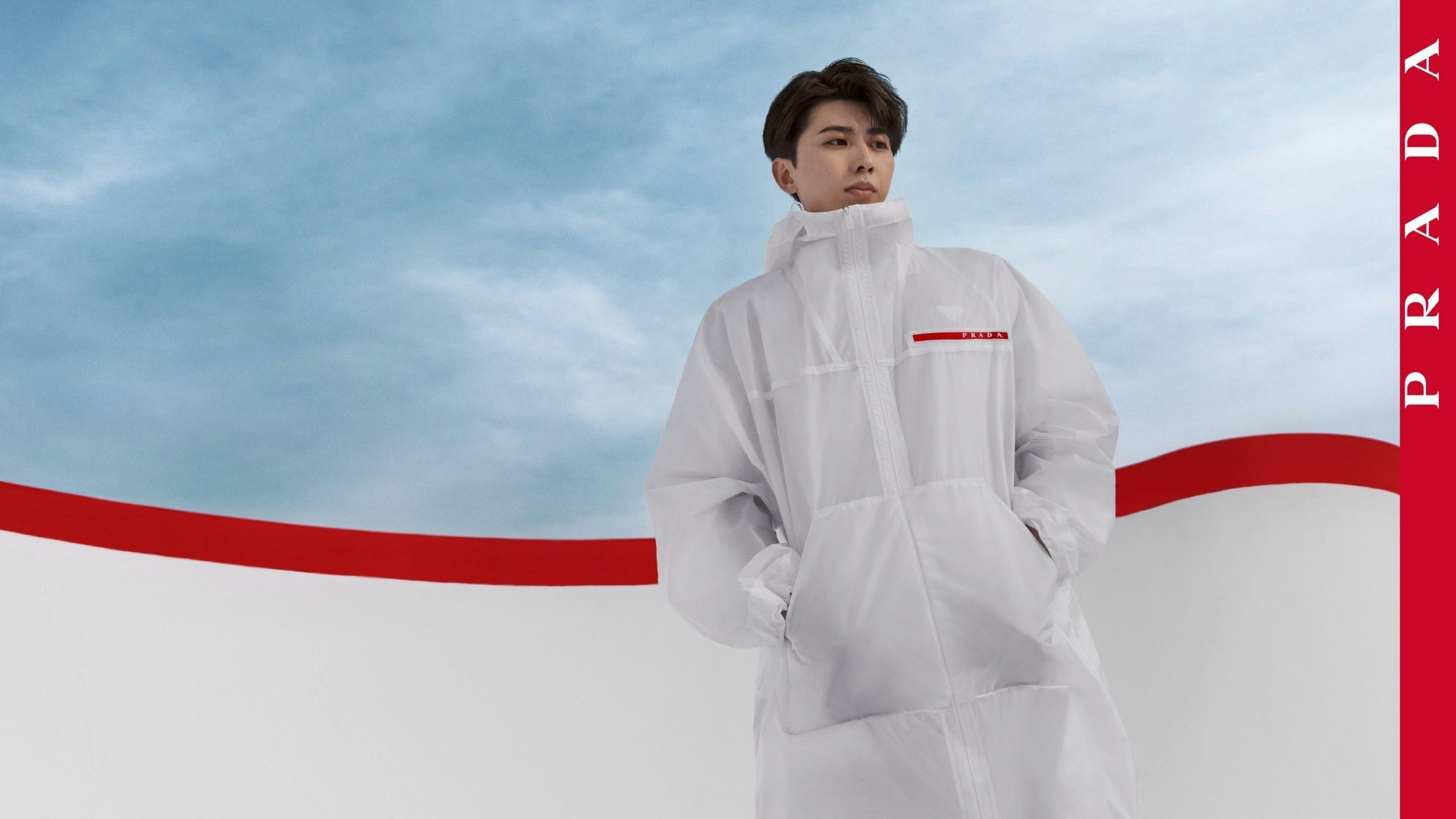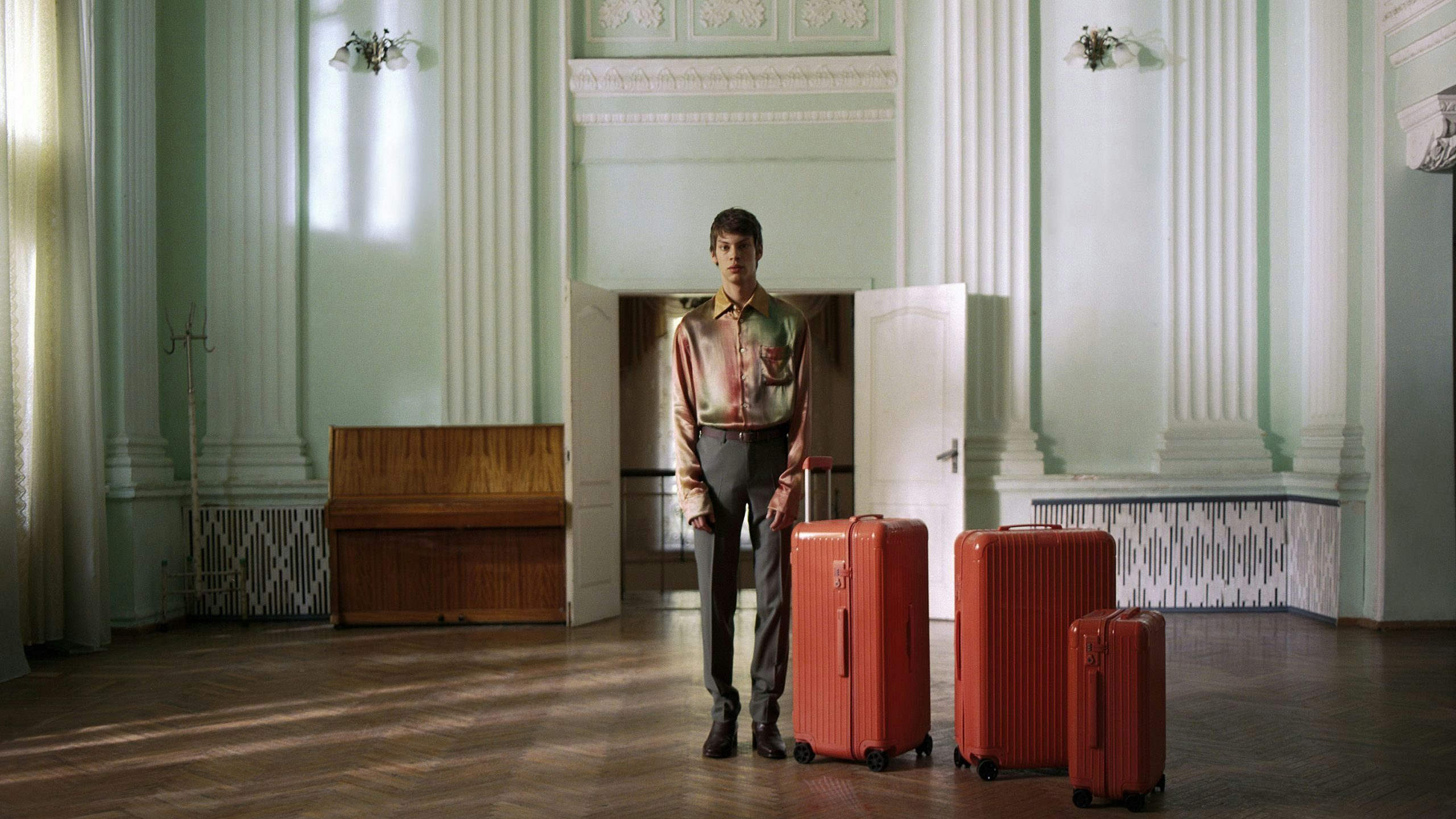Key Takeaways:#
For the launch of its IT bag, Cleo handbag, Prada leveraged extensive celebrity, KOL, and model collaborations on Weibo for its social campaign. The campaign’s hashtag on Weibo garnered over 80,400,000 views in one day.
In February of 2021, Prada inked a 109.2 million five-year loan with Italian banking group UniCredit, tied to sustainability-related key performance indicators for its ongoing commitment to reconverting production waste.
According to the Gartner Digital IQ Index: Luxury China, Prada ranks among the top-10 brands. Although not yet present on Little Red Book, the Italian house is among that platform's most mentioned brands.
After years of downturns, the Italian luxury group Prada is expecting a strong rebound. CEO Patrizio Bertelli told the business publication Il Sole 24 Ore that yearly revenue will hit 6 billion over the next four to five years to double its current revenues based on a strong acceleration once the pandemic is over.
Now that the luxury industry is shaking off the pandemic, Prada has experienced increased demand in the Asia Pacific for the second half of 2020, specifically China (+52 percent), Taiwan (+61 percent), and Korea (+22 percent), where lockdowns have lifted earlier than the rest of the world. The Italian house predicts 3.6 billion in revenue this year, nearly reaching its pre-pandemic levels of 3.86 billion in 2019.
Notably, Prada’s five-year plan forecasts a doubling of revenue, which is a tall order that will require the luxury brand to follow through on the strategy it has been implementing over the past several years. In 2019, under the leadership of Lorenzo Bertelli, Prada started its expansion on local e-commerce platforms JD.com, Secoo, and Tmall.
Although it initially lagged in China, the brand's latest efforts on e-commerce and social media have driven significant traffic, helping to triple its online revenue. In fact, Prada's online growth is outpacing offline retail, confirming the consumer shift toward digital due to the pandemic.
Additionally, the luxury house’s close collaboration with influential KOLs, larger investments in new retail formats, and sustainable initiatives have drawn the attention of many local young consumers. Prada's influence is hard to miss on popular Gen-Z social media platforms like Little Red Book. Although the brand doesn't have an official account, Prada is among the platform's most mentioned brands, with over 200,000 instances of user-generated content.
But, the real question? Will Prada’s tried and tested strategies be enough to lead the brand to the other side of the global pandemic? Or, will they have to reinvent? Looking at Prada’s recent recovery in the Chinese market, Jing Daily analyzes the factors that could drive the Italian house to double its revenue over the next half-decade.
Do retail activities still make a dent?#
As China is on track to become the biggest luxury market by 2025, heritage brands are betting their future on the country’s young, wealthy Gen-Z buyers, who account for 15 percent of total luxury purchases.
To recruit young consumers, the Milan-based brand is experimenting with new retail formats. In 2020, Prada launched about 80 installations, including pop-ups and workshops. The brand’s latest installment showcases its outdoor collection, Garden, at its cultural residence in Shanghai, Rong Zhai Villa, where it offers gardening, horticulture, camping, coffee, and mixology workshops for guests.

However, in an increasingly digital-dependent world, are offline events still the key to boosting sales? According to fashion KOL Miss Charming, who has been in the field for over six years, the answer is yes. “When taking part in an intimate and engaging event, it is hard not to be inspired to buy," she said.
Particularly for Gen-Z consumers in China, who are spoiled for choice, brand differentiators become integral to winning loyalty. Pop-up stores can create tailored experiences. Mario Ortelli, the managing partner at luxury M&A consulting agency Ortelli & Co., states that “through pop-up stores, capsules, and collaborations, brands can be relevant to specific target audiences.”
Admittedly, a single pop-up would be limited in its ability to mirror the sales created on digital platforms like Tmall. However, as is often the case with China, scale is the key. With 80 activations per year, Prada’s pop-up model pushes beyond a one-off marketing event and into an important driver of influence and sales.
And beyond sales, “online and offline initiatives are crucial for brands to create equity and keep the consumers engaged,” adds Ortelli. The creation of value will not happen overnight, and neither will present immediate benefits. But it contributes to the creation of symbolic capital, which is fundamental for brands to “sell dreams.”
Doubling down on KOL strategy#
In 2019, Prada appointed the 22-year old pop idol Cai Xukun, who has 34,000,000 followers on Weibo, as its brand ambassador. Prada had largely avoided the idol ambassador trend but finally gave in. At the time, the endorsement announcement won over 730 million impressions within 24 hours. The collaboration with the young Chinese star helped Prada rejuvenate its brand image and connect with Gen-Z consumers.
However, as all international and domestic players are leveraging the followers economy, the fact remains that “young fans’ spending power is quite limited,” Miss Charming pointed out. Celebrities can help brands to boost significant visibility, but it does not necessarily convert to actual sales — and even less to consumer loyalty.
Moreover, “Prada is not alone in the market," says Ortelli. "It will be difficult to gain market shares when your competitors are going full speed.” Indeed, when all brands are relying on star endorsements, the question is: How does Prada offer something different from others? KOLs will always secure exposure for their brands, thanks to their follower base. But an innovative content direction is what ultimately makes the difference.
For instance, Prada's two co-creative directors Raf Simons and Miuccia Prada engaged in a conversation with international students for the brand’s Fall Menswear collection. Elsewhere, for the relaunch of Prada’s Galleria handbag, fashion blogger @Dipsy迪西 revived the classic item, looking back at its cameo in “Mission: Impossible 4.”

Top star endorsement deals can cost brands millions of dollars. To fully leverage celebrities, brands should start considering them as partners they can co-create content and campaigns with as a way to appeal to followers, ultimately driving traffic to the brand’s channels.
Leveraging a Chinese-targeted It Bag#
For the release of its latest Cleo handbag last November, Prada selected China as its first launch location and rolled out the social campaign on Weibo while leveraging 22 Chinese celebrities, eight top models, and 24 fashion influencers. The campaign’s hashtag on Weibo garnered over 80,400,000 views in one day.

The new product quickly achieved the coveted IT-bag status, gaining popularity among local consumers. Whether directly or due to a halo effect, this new addition paid off in sales. In the second half of 2020, Prada experienced double-digit growth in Asia for its leather goods category.
Handbags remain the industry’s biggest and most profitable category. Despite the recent success of sneakers and Tees among young consumers, bags are critical to a post-pandemic sales rebound, especially for iconic luxury bags, since their high recognizability makes them perfect status symbols.
However, with new rules to luxury marketing, IT bags are few and far between. Brands run the risk of investing countless marketing and production dollars in vain. Yet, that is what it takes for a bag to even stand a chance when it is introduced into the China market. And, with today’s fashion cycle, that bag may lose popularity within a year.
“The main risk for brands over-reliant on a specific successful IT bag is the inability to promptly introduce a new IT bag when the current one is fading, as the case of Prada Galleria,” explains Ortelli.
In fact, when a new product strikes gold, it has the potential to give a brand long-term returns. “Sometimes IT bags are even successfully relaunched as it happens to the Dior Saddles,” Ortelli continues. Particularly with the uptick of the secondhand market, consumers see leather goods as investment-worthy. And as luxury buyers are getting younger, many of them are first-time luxury purchasers, and classic handbags are often their first choice.
The return of international travel#
With international travel banned and Western countries under lockdowns, China’s young consumers have driven luxury brands’ V-shape recovery, with Prada reporting a 52-percent growth jump in the local market.
But as borders reopen, luxury brands are preparing for a post-pandemic world. “Prada, like all, will benefit from a return of significant tourist spend,” points out Flavio Cereda, managing director at Jefferies International financial services company. “It will be a positive but not a short-term driver in our view.” Yet, can brands maintain sales figures in the local market when Chinese consumers start traveling again?
The pandemic has drastically shifted consumer shopping behaviors. Before the pandemic, local shoppers would consider purchasing luxury products in Hong Kong or other international destinations, but now buyers have become used to making purchases locally. Moreover, as brands have prioritized merchandise allocation in China, domestic consumers have embraced their contacts with local sales assistants.
The “new normal” presents an opportunity for luxury brands that have had to double down on their strategies for selling to consumers in Mainland China. If brands can keep this loyalty in addition to easing back into travelers internationally, they stand to win on both ends.
To ensure continuous growth in the market, Prada must continue acquiring new customers by leveraging its new retail formats and engaging online and offline content. It has to retain loyalty from already existing customers by offering exclusive benefits. And lastly, as Cereda suggests, it must “support full-price, sell-out metrics” to create its next “IT” products.
“Prada is having creative momentum and a great pace of innovation," says Ortelli. "Ready-to-wear is performing well, and it will soon translate into leather goods.” Creativity and digital-first initiatives are the keys to this decade’s success. However, 6 billion is an ambitious figure, and Prada has its work cut out to outpace its competitors.


